I. Introduction
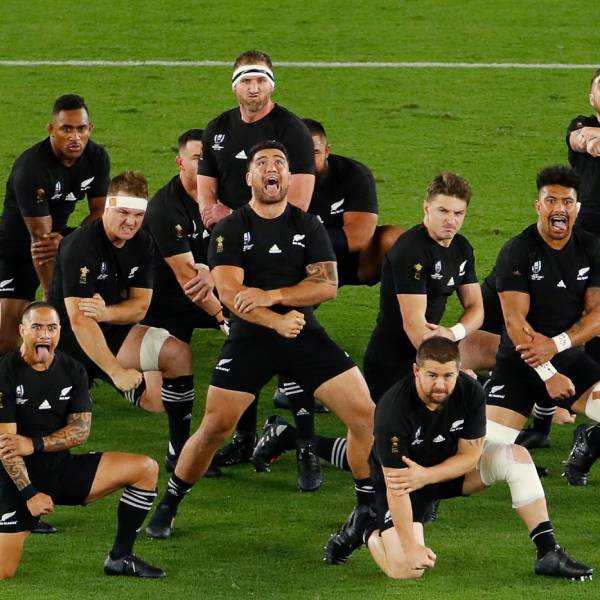
Brief overview of the article
In this article, we will delve into the concept of a “knock on” in rugby and explore its rules, impact, and strategies. Understanding this important aspect of the game is crucial for players, coaches, and fans in order to fully grasp the dynamics of rugby.
Significance of understanding the knock-on in rugby
The knock on in rugby has significant implications during gameplay. It can result in a turnover of possession, impact the formation of scrums, and even provide an advantage for the defending team. By understanding the rules and consequences of a knock on, players can better strategize and adapt their gameplay to minimize errors and capitalize on opportunities.
II. Definition and Rules of a Knock On
Definition of a knock on
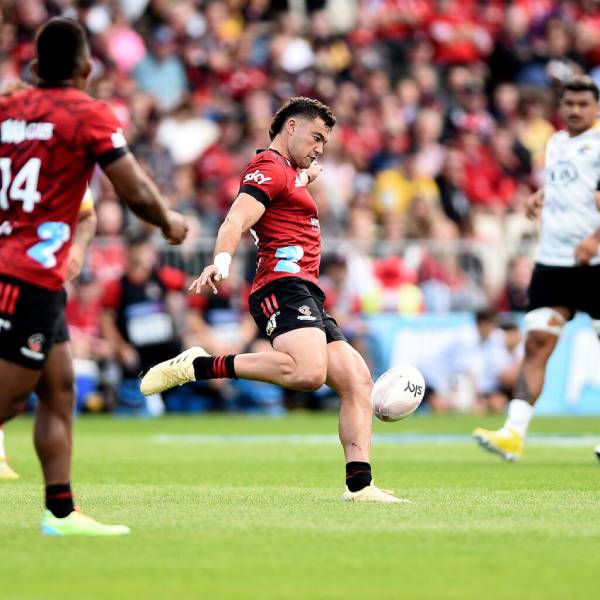
A knock on is typically identified when the ball has been propelled forward from the ball carrier’s grasp or hands and makes contact with either the ground or another player before being caught. The ball must move forward from the player’s grasp or arm for it to be considered a knock on.
III. Impact of a Knock On
A. Turnover possession to the opposing team
One of the major consequences of a knock on is the turnover of possession to the opposing team. When a player commits a handling error and knocks the ball forward, it is considered a turnover, providing the opposing team with an opportunity to gain possession and mount an attack.
B. Scrum formation and its implications
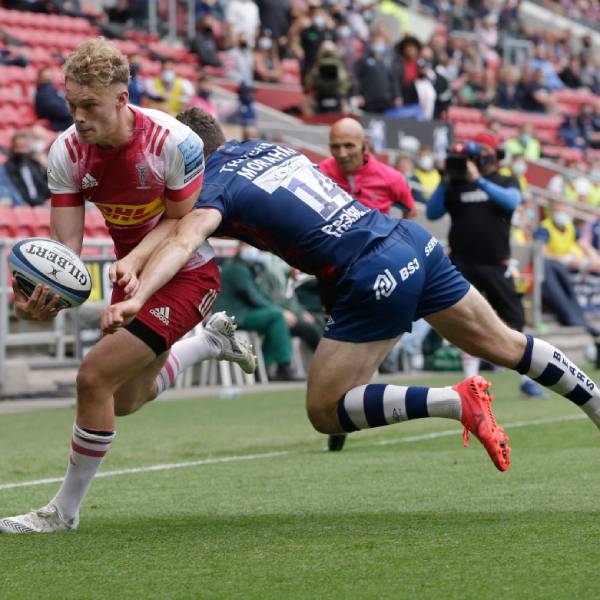
In rugby, a knock on results in a scrum formation. The team not responsible for the knock on is awarded a scrum, with their players binding together and facing the players of the team that committed the knock on. This creates an intense battle for possession and can significantly impact the flow of the game.
C. Potential advantage for the defending team
While a knock on is typically seen as a disadvantage for the team committing the error, there are situations where the defending team can benefit from it. If the defensive players manage to quickly react to a knock on and gain possession before the attacking team can regather the ball, they have the opportunity to launch a counter-attack or relieve defensive pressure.
IV. Causes and Common Scenarios of a Knock On
In rugby, a knock on occurs when a player unintentionally knocks the ball forward from their hands or arm, resulting in a turnover of possession. This can happen for a variety of reasons, and understanding these causes and common scenarios will help players improve their skills and minimize knock ons.
A. Handling errors leading to a knock on
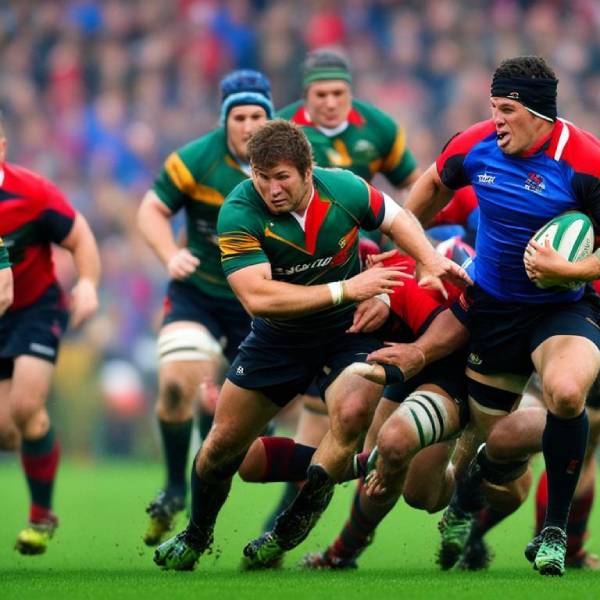
- Incorrect ball placement
One common cause of knock ons is when players fail to properly position the ball in their hands. If the ball is not evenly centered or if the player’s grip is loose, it becomes easier for the ball to slip out and result in a knock on.
To minimize this, players should ensure they have a firm grip on the ball, keeping it centered and secure in their hands. Additionally, practicing drills that focus on correct ball placement can help improve player’s skills and reduce handling errors.
- Rushed or poor ball handling
Another cause of knock ons is when players attempt to handle the ball too quickly or sloppily. This often happens when players are under pressure or trying to make a fast pass or offload.
To avoid this, players should focus on maintaining control and executing proper technique when handling the ball. Taking an extra moment to assess the situation and make accurate passes can help prevent rushed and poor ball handling, reducing the risk of knock ons.
B. Tackling and defensive pressure causing a knock on
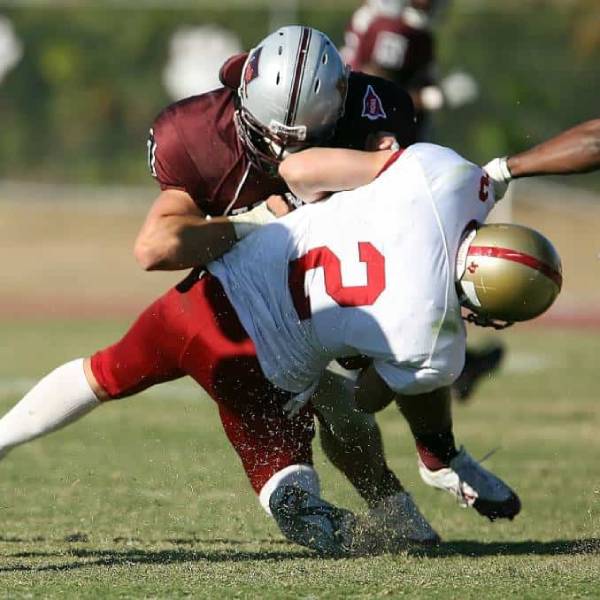
- Stripping the ball during a tackle
A common defensive tactic to cause a knock on is to strip the ball from the ball carrier during a tackle. Skilled defenders can position themselves to target the ball and leverage their strength to dislodge it from the ball carrier’s grip.
To defend against this, ball carriers should be aware of defenders attempting to strip the ball and protect it by keeping their arms wrapped firmly around it.
- Effective defensive tactics Apart from stripping the ball, defensive pressure can also lead to knock ons. When defenders apply strong pressure, it can disrupt the ball carrier’s concentration and technique, causing them to fumble or drop the ball.
To handle defensive pressure and minimize knock on rugby infractions, players should practice maintaining composure under pressure. This can involve drills that simulate game-like scenarios with defenders applying pressure, enabling players to hone their skills in handling the ball while being challenged by the opposition.
V. Strategies to Minimize Knock Ons
A. Improved ball handling skills and techniques
- Grip and control
Developing a strong grip and control of the ball is crucial in minimizing knock ons. Players should practice gripping the ball firmly, using their fingers, palms, and forearm to secure it. Strengthening hand and forearm muscles through specific exercises can also help enhance grip strength. - Passing accuracy
Accurate passing is essential in preventing knock ons. Players should focus on their passing technique, ensuring that the ball travels in a straight line and is delivered to the intended target. Regular passing drills that challenge players to hit targets accurately can significantly improve passing accuracy.
B. Proper communication and teamwork
- Clear communication among teammates
Effective communication between players can help minimize knock ons. By clearly communicating their intentions and calling for the ball, players can ensure that passes are made at the right time and in the right direction, reducing the chance of knock ons. - Supportive positioning and movement
Proper positioning and movement of players can also help prevent knock ons. By providing supportive angles and running lines, players can create space and options for the ball carrier, making it easier to handle the ball and reducing the risk of knock ons. Well-positioned players avoid the punching ball musical by providing supportive angles to the ball carrier.
VI. Referee Calls and Reviews for a Knock On
Referee signals for a knock on
Rugby is an exciting sport, but its rules can be complex for newcomers. What is a knock on – it occurs when a player accidentally propels the ball forward, which is a violation. Referees play a crucial role in identifying and signaling these infractions during matches. When a knock on happens, the referee immediately responds with a distinctive hand signal. They make a swift horizontal chopping motion with their arm to indicate the violation. This gesture is easily recognizable to players and spectators alike. After signaling, the referee typically awards a scrum to the non-offending team.
As the 2024 Olympics approach, more people may become interested in rugby and its rules. Understanding rugby knock on – an infringement where a player propels the ball forward with their hand or arm will enhance viewers’ enjoyment of the game. Knock ons can significantly impact the flow and outcome of matches, so players must avoid them. Fans who grasp this concept will better appreciate the skill required to maintain ball control. Moreover, knowing the rules helps spectators follow the referee’s decisions more easily. Whether you’re a player or a fan, familiarizing yourself with knock on rules in rugby is essential for fully enjoying the sport.
Video referee reviews and decision-making process
Rugby matches often involve complex situations, and what is a knock-on in rugby – an infringement where a player propels the ball forward with their hand or arm – can be particularly tricky to judge. When a potential knock on occurs, referees must make quick decisions on the field. However, in professional matches, technology now plays a crucial role in ensuring accuracy. Video referees can review controversial plays using multiple camera angles, providing a second layer of scrutiny. This process helps to minimize errors and maintain fairness in the game. If the video referee spots a clear knock on, they will inform the on-field official.
Consequently, the referee may overturn their original decision and award possession to the opposing team when assessing what is a knock-on in rugby – an infringement where a player propels the ball forward with their hand or arm. Nevertheless, when footage remains inconclusive, the initial call stands. This system balances the need for accuracy with the flow of the game. Players and fans alike appreciate the additional fairness this technology brings to rugby. Understanding the intricacies of knock on reviews enhances spectators’ engagement with the sport. As rugby continues to evolve, the role of video referees in assessing knock ons may become even more significant.